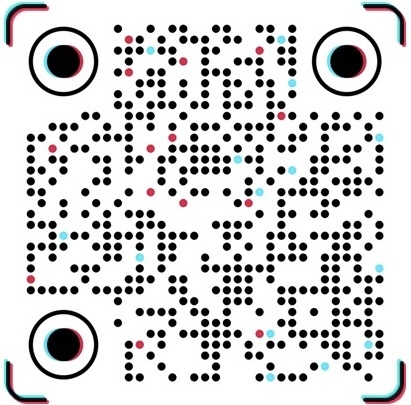Can't tell if ultra-white glass is cloudy because it’s chosen incorrectly? Buyers, learn how to identify transparency and purity—plus the latest quotes for ultra-white tempered glass from Guangxi.
Release time:
Nov 07,2025
When purchasing ultra-clear glass, renovation companies or display cabinet manufacturers often encounter issues such as insufficient light transmittance, a bluish-green tint, and the presence of impurity bubbles—problems that can compromise the high-end aesthetic.

The core advantage of ultra-white glass is its low iron content (≤0.015%), resulting in a light transmittance of ≥91.5%. Addressing procurement challenges: First, measure the light transmittance using a transmittance meter—any reading below 90% indicates inferior quality.
Second, check the color tone: Compare the glass with ordinary glass—high-quality, ultra-white glass will show no noticeable color distortion. Third, inspect for impurities: Under strong light, there should be no black spots or bubbles visible. Suitable applications: For high-end display cases, choose 5–8mm thick glass; for villa floor-to-ceiling windows, opt for 10–12mm tempered glass.

Attention: Avoid merchants falsely claiming "high-white glass"—require them to provide a low-iron content test report. For bulk purchases, it’s even more reassuring to randomly select samples for testing.
#Ultra-white Glass #Ultra-white Glass Procurement #High-Transmittance Glass #Low-Iron Ultra-white Glass #High-end Decorative Glass
Related News
Share to
Fill in your requirements
Copyright © 2024 China Guangdong Haibo Safety glass Technology Co., Ltd
COOKIES
Our website uses cookies and similar technologies to personalize the advertising shown to you and to help you get the best experience on our website. For more information, see our Privacy & Cookie Policy
COOKIES
Our website uses cookies and similar technologies to personalize the advertising shown to you and to help you get the best experience on our website. For more information, see our Privacy & Cookie Policy
These cookies are necessary for basic functions such as payment. Standard cookies cannot be turned off and do not store any of your information.
These cookies collect information, such as how many people are using our site or which pages are popular, to help us improve the customer experience. Turning these cookies off will mean we can't collect information to improve your experience.
These cookies enable the website to provide enhanced functionality and personalization. They may be set by us or by third-party providers whose services we have added to our pages. If you do not allow these cookies, some or all of these services may not function properly.
These cookies help us understand what you are interested in so that we can show you relevant advertising on other websites. Turning these cookies off will mean we are unable to show you any personalized advertising.








